Two new approaches enable the synthesis of bridgehead olefins, overcoming long-standing barriers posed by Bredt’s rule, which states that such alkenes are inaccessible due to structural constraints in small-ring systems. The studies highlight how the geometric distortion of these complex olefins can provide access to structurally elusive drug candidates.
Proposed by Julius Bredt a century ago, his namesake rule has deterred chemists from attempting the synthesis of bridgehead alkenes. Placing a double bond where the two rings join forces it into a non-planar geometry, making it unstable and susceptible to unwanted side reactions. Consequently, anti-Bredt olefins have long been relegated to theoretical curiosity, with few methods to generate and trap these unstable and reactive structures. ‘Most chemists today would not think about trying to make an anti-Bredt olefin because it’s thought to be very challenging because of this rule,’ says Neil Garg, at the University of California, US.
Garg’s group has now tackled the challenge of synthesising anti-Bredt olefins using silyl-substituted precursor molecules, where a bulky trimethylsilyl group is attached to a carbon atom in a bicyclic system.1 When paired with triflate, or trifluoromethanesulfonate, this forms a highly effective leaving group that is removed by adding tetrabutylammonium fluoride. ‘You form a silicon–fluorine bond, which is very strong, and then you have a really hot leaving group’, explains Garg. ‘This combination lets you energetically make the strained [bridgehead] intermediate under mild conditions, making this strategy very attractive.’
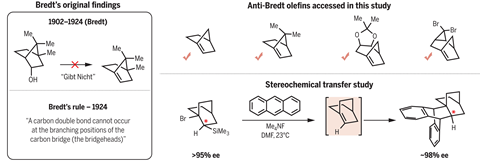
By adding various trapping reagents – chemicals used for capturing reactive molecules in situ – to this anti-Bredt olefin, they were able to isolate several complex structures. ‘Now, we’ve made ABOs [anti-Bredt olefins] synthetically useful. Chemists can not only use them practically, but can more generally consider them in synthetic design plans,’ adds Garg. ‘I think the group of doctoral students and postdocs in my lab that did the work were pretty fearless. Because if something’s been a rule for 100 years, you have to have a certain mindset to be able to embrace a project of that type … so I’m super proud of them.’
Anti-Bredt olefins are chiral compounds, unlike typical alkenes, meaning that they do not align perfectly with their mirror images. Garg and colleagues synthesised and trapped an enantiomerically enriched anti-Bredt olefin. This confirms that chiral characteristics of a precursor can be effectively transmitted to the final product. ‘This work … is a leap forward for the field of strained intermediates. These highly reactive intermediates have been long sought after and Garg and co-worker’s efforts towards harnessing them from readily-prepared starting materials helps capture their full potential,’ comments Courtney Roberts, at the University of Minnesota, US, who is using metal catalysts to unlock new functionalities in strained ring systems like arynes.
Hyperstable but surprisingly reactive
In parallel, Crag Williams’ team at the University of Queensland, Australia, has developed a one-pot synthetic approach to access hyperstable alkenes – cage-like structures predicted to be unreactive due to minimal strain on their double bonds.2 ‘We came across the term hyperstable olefin … and found it too enticing not to pursue’, says Williams. Using a sequence of ring expansions with boron intermediates, Williams’ team synthesised four bicyclic hyperstable alkenes. ‘The unexpected formation of a bicyclo[4.4.3] system … was akin to two Christmases coming at once, because it instantaneously took the study to the next level,’ says Williams. However, there are limits to their synthetic strategy: ‘The methodology starts to struggle when the ring undergoing [extension] becomes too large, ie too strained,’ explains Williams.
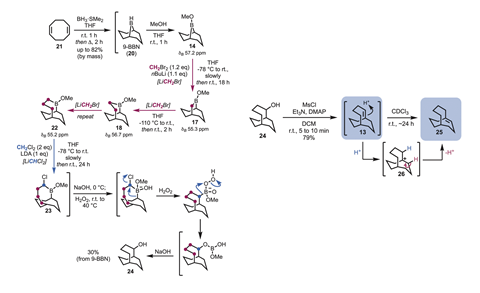
Contrary to theoretical predictions, these so-called hyperstable alkenes were not entirely inert, raising questions about previously established alkene hyperstability criteria, which rely on alkene resistance to catalytic hydrogenation. However, this does not imply non-reactivity with other reagents. Indeed, some of the bridgehead alkene structures synthesised in their study could undergo oxidation reactions, challenging the notion that stability necessarily limits usefulness in synthesis. ‘What is cool and complementary is that, in our study, the bridgehead alkenes are highly reactive, but in the Williams study, their bridgehead alkenes are stabilised. So, bridgehead alkenes in small (anti-Bredt) versus large rings lead to very different reactivity,’ comments Garg.
Both teams are now expanding the scope of strained alkenes for advanced synthetic uses in drug development and beyond. ‘Cage bicyclic systems are indeed very important for drug discovery and thus having additional methodology to access a broader range of cage systems will assist discovery chemists in their future pursuit of this goal,’ concludes Williams.
References
1 L McDermott et al, Science, 2024, DOI: 10.1126/science.adq3519
2 M D Summersgill et al, Chem. Sci., 2024, DOI: 10.1039/d4sc06697a





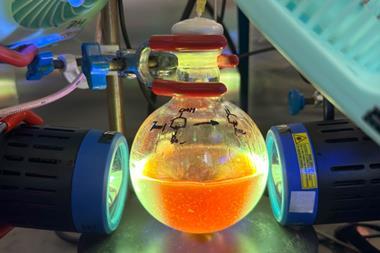
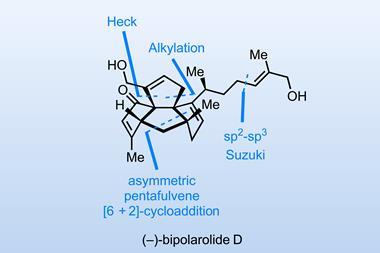
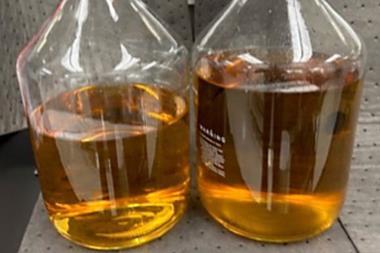
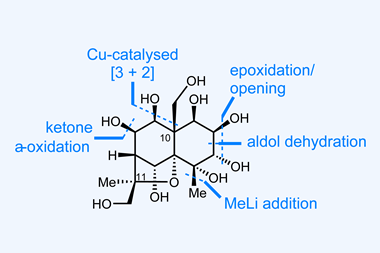
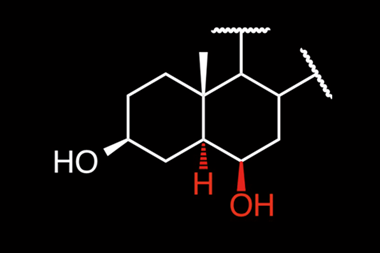







1 Reader's comment